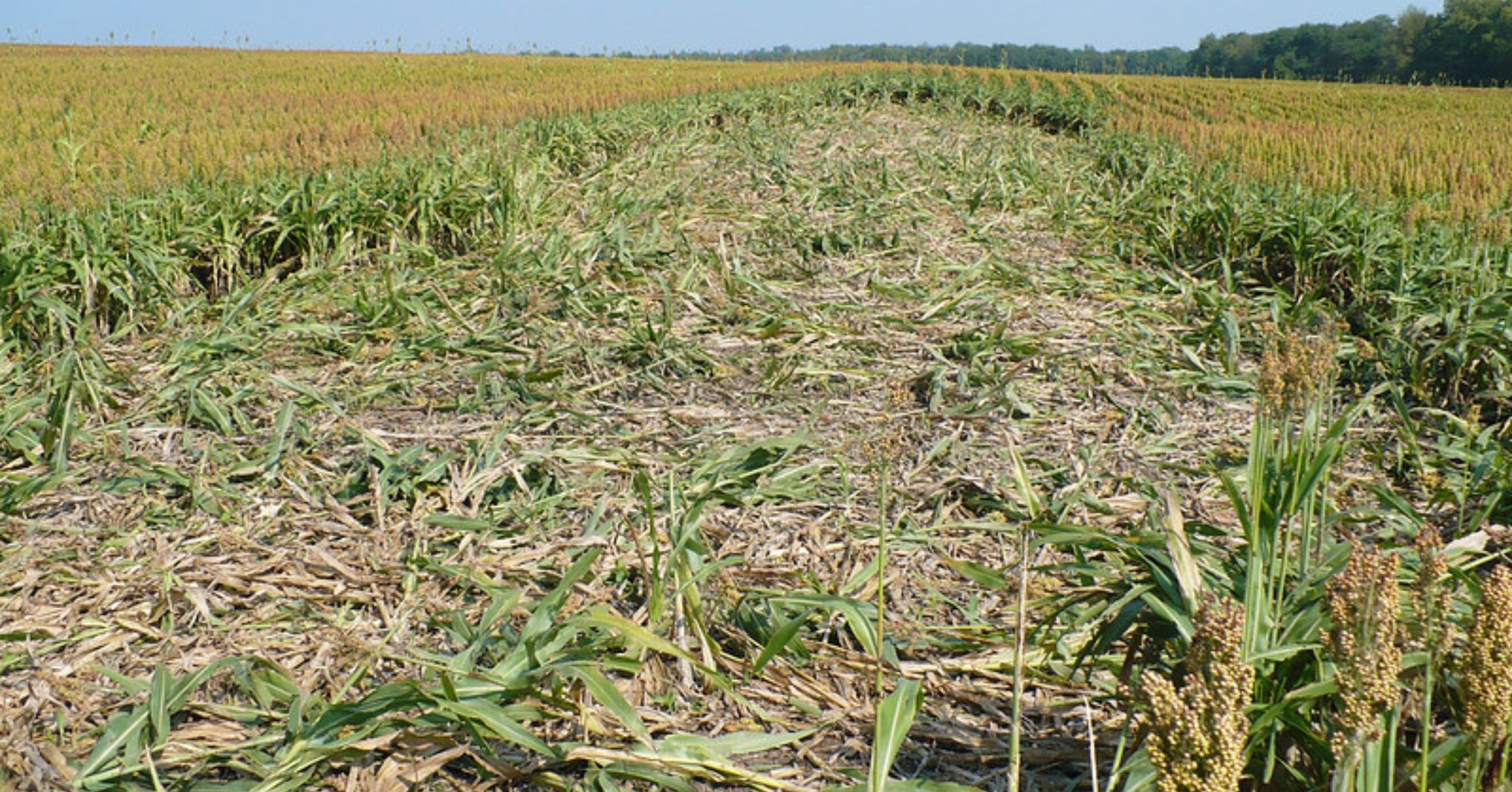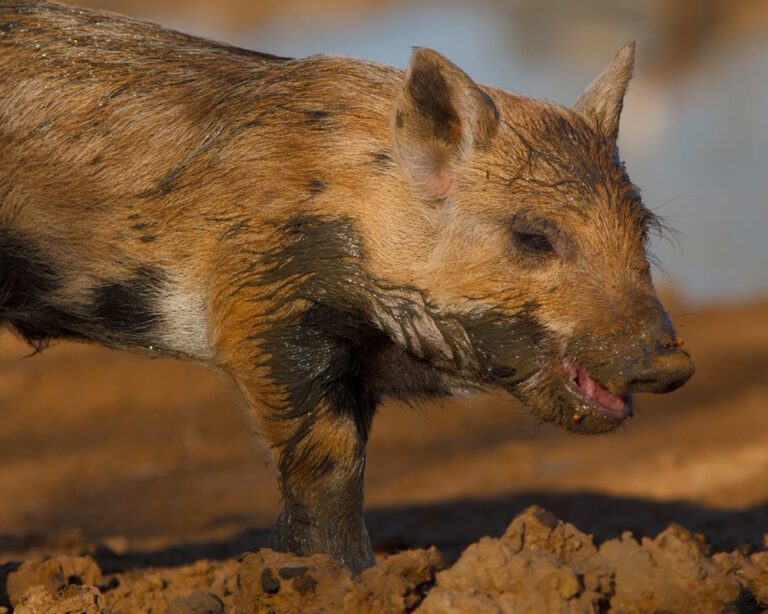New U.S. Department of Agriculture data reveals the staggering scope of damage caused by feral hogs: an estimated $1.6 billion in agricultural losses each year across just 13 states.
The updated economic assessment, compiled by USDA’s National Feral Swine Damage Management Program, the National Wildlife Research Center, and the National Agricultural Statistics Service, is the most detailed analysis to date. It accounts for not just crop losses, but also predation, pastureland degradation, infrastructure damage and the labor and expenses associated with control efforts. The findings confirm what many farmers have long known: feral hogs are an escalating crisis.
Feral swine have been reported in over 35 U.S. states. Their populations are concentrated in Texas, Georgia, and Florida but are increasingly spreading across the Southern and Western U.S. Due to their high reproduction rates, populations can double in four months if left unchecked.
Once established, feral hogs wreak havoc on farmland — uprooting crops, damaging fences, eroding pastures, and even preying on young livestock. They also pose a serious risk of spreading diseases like pseudorabies, brucellosis, and leptospirosis to both animals and people.
In Texas alone, the cost of feral hog-related agricultural damage exceeded $871 million in a single year. Georgia reported $152 million in losses, while Oklahoma faced $116 million. Crop producers reported significant losses, particularly in corn ($92.2 million), peanuts ($38.5 million), and soybeans ($23.2 million). Livestock operations weren’t spared either: hogs inflicted $85 million in damage from predation, disease, and veterinary costs — especially among cattle, sheep, and goats.
Beyond direct losses, farmers are also forced to spend significant time and money managing the problem. In 2021, producers spent $474 million and over 17 million labor hours on hog control. Common strategies included trapping, “shoot on sight” practices, and costly fencing installations. Livestock producers bore the brunt of these costs, with Texas again leading in expenditures.
Efforts to quantify the damage also captured the ripple effects of wild pig activity. Farmers changed planting decisions — costing an estimated $121.8 million in foregone income — and many had to replant damaged fields or endure delayed and more dangerous harvests due to terrain disruption. Pasture damage alone accounted for $193 million in losses, while property and infrastructure damages reached nearly half a billion dollars across crop and livestock operations combined.

Congress established the National Feral Swine Damage Management Program in 2014 under USDA’s APHIS.
“Since its inception, NFSDMP has removed over 570,000 hogs, eliminated populations in five states and moved 18 states into lower severity categories, demonstrating its value as a responsive and adaptable management tool,” writes Daniel Much, American Farm Bureau Federation economist.
Despite the scale of the problem, another one of the most successful tools against feral hogs — the Feral Swine Eradication and Control Pilot Program — currently lacks funding. Established under the 2018 farm bill, the FSCP supported 34 multi-agency projects in 12 heavily impacted states, combining USDA’s APHIS and NRCS resources with local partnerships.
These efforts led to notable successes, including reduced crop losses, improved yields, and substantial labor savings. In Georgia, for example, corn losses dropped from 65 percent to just 14 percent after project implementation.
However, FSCP was a temporary program without baseline funding. When Congress passed a short-term extension of the farm bill in 2024, only permanent programs were carried forward, leaving FSCP ineligible. Although the House has included FSCP funding in its reconciliation package, the Senate has not yet acted, leaving the program’s future uncertain at a time when producers continue to face growing feral swine pressure.
New research estimates that by slowing the spread of wild pigs, the program safeguarded $40.2 billion worth of agricultural and ecological resources between 2014 and 2021, protecting more than 60 million acres of field crops, 118 million acres of pasture and nearly 38 million livestock head from damage.
However, the FSCP was not included in the most recent extension of the 2018 farm bill.


:max_bytes(150000):strip_icc()/iStock-92273023-2000-9734f26f4c954980b2732f0062fc6968.jpg)
:max_bytes(150000):strip_icc()/54674565493_2ba6b48742_o-1e25c5a16e7c4b638afb7e9ac66f8d0d.jpg)
:max_bytes(150000):strip_icc()/52513708671_2a6075fabe_o-fd1bf009dced4801b7f81702a5ed15e7.jpeg)



:max_bytes(150000):strip_icc()/tassel-wrap-pollination-cc9d9aa4dca84ca49eadab5f6bd707a7.jpg)
:max_bytes(150000):strip_icc()/diseaseplaybookcorntarspot-fb7ff9d7c32e4e63b3e5e97dbe406eeb.jpg)
:max_bytes(150000):strip_icc()/BrandonBellStaff-2230315704-c11ee38554cf488785b670590882aab6.jpg)